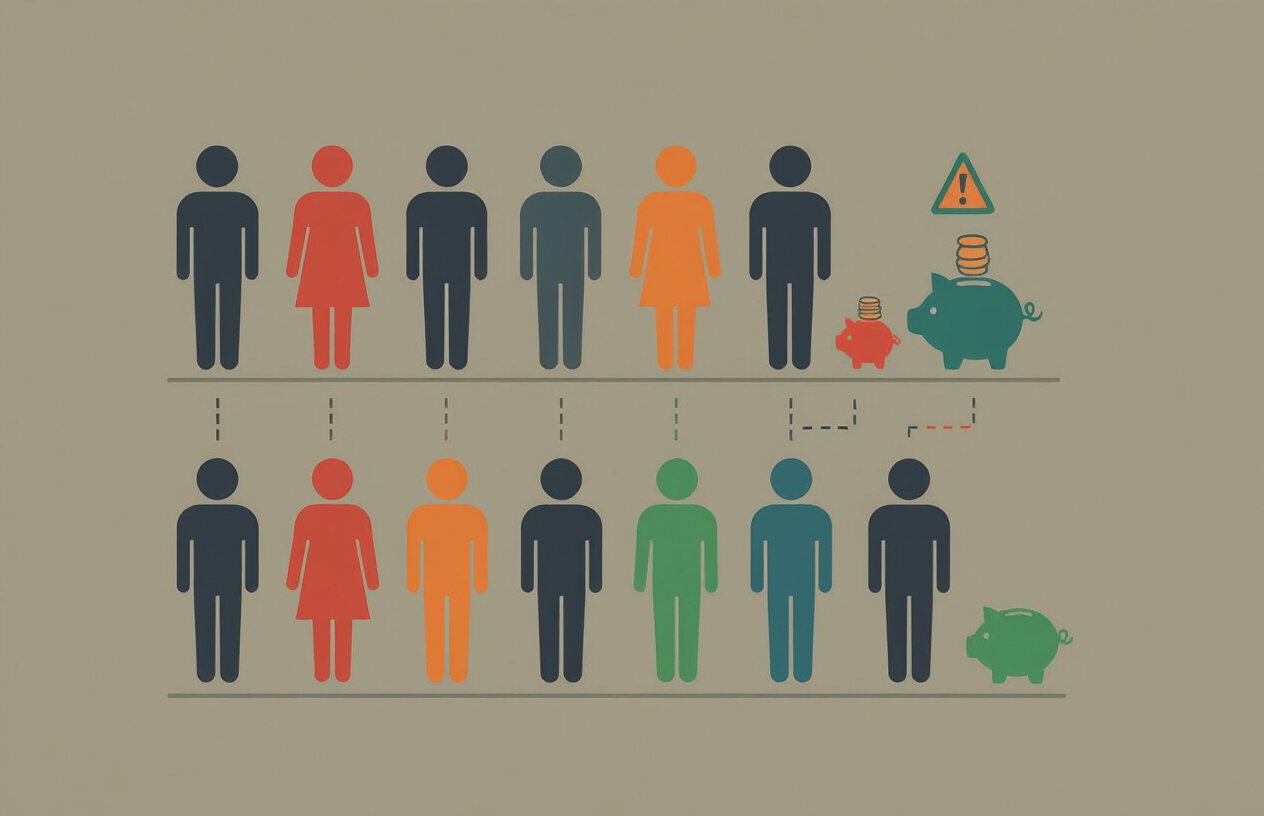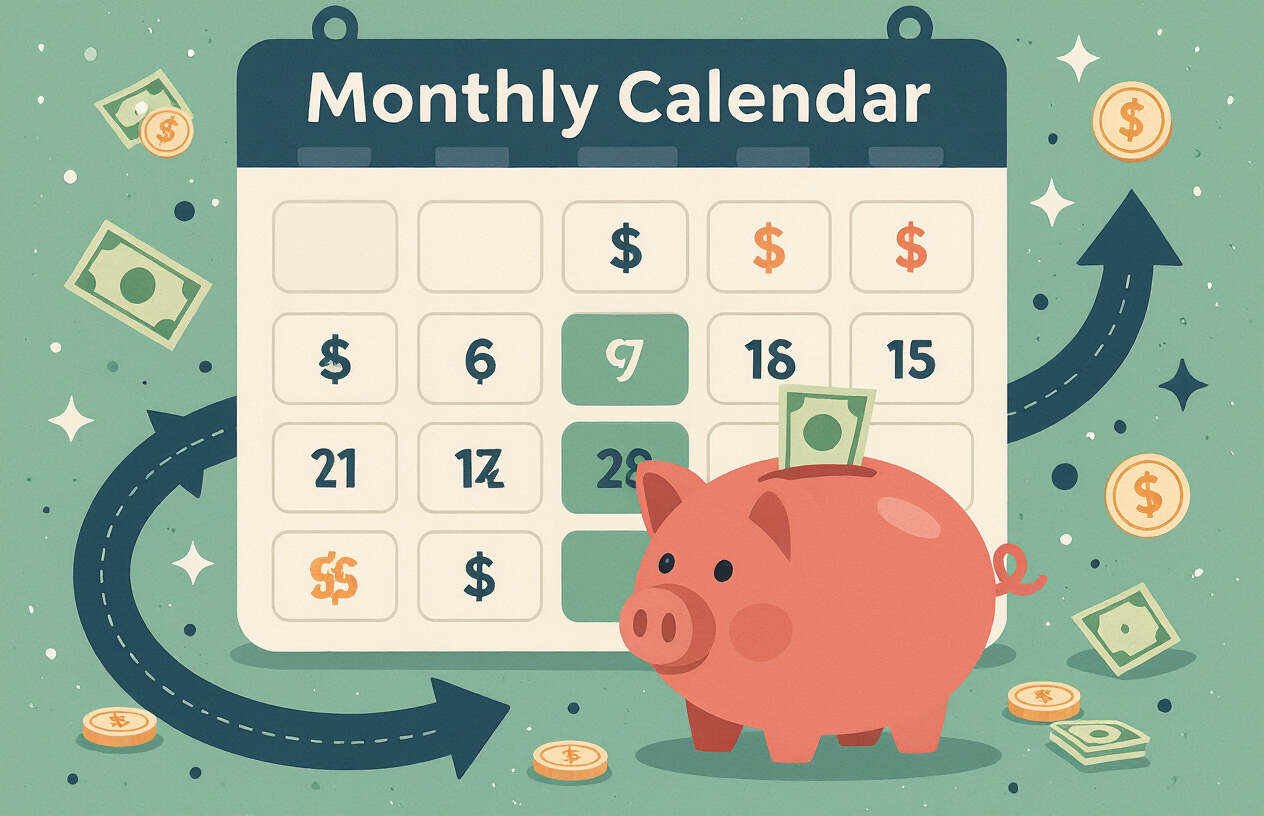Why Saving $500 in 30 Days Matters for Beginners
Did you know that nearly 6 out of 10 Americans don't have $500 set aside for emergencies?

This shocking statistic highlights why learning how to save $500 in 30 days is more than just a financial exercise—it's essential protection against life's unpredictable moments.
When your car suddenly breaks down or you face an unexpected medical bill, having no savings often leads to one outcome: high-interest debt. Credit cards with 20%+ interest rates or payday loans can turn a $500 emergency into a $1,000+ financial burden over time. This debt cycle is precisely what this savings challenge helps you avoid.
Building even a small emergency fund creates a financial buffer that dramatically reduces your stress levels. Imagine the peace of mind knowing you can handle that surprise expense without panic or borrowing. For beginners especially, this psychological benefit can't be overstated.
The beauty of this 30-day challenge isn't just about the money you'll save—it's about rewiring your relationship with spending. By consciously examining where your dollars go for a month, you'll develop awareness about which expenses truly bring value to your life and which ones don't.
Successfully completing this challenge does something powerful: it proves to yourself that you can take control of your finances. Many people feel helpless about money, but saving $500 in just 30 days builds confidence that becomes the foundation for bigger financial wins down the road.
Don't underestimate the impact of small, consistent changes. Cutting just $20 per week on coffee shop visits saves over $1,000 annually. That's the secret to making this challenge work—finding multiple small adjustments rather than one dramatic lifestyle change.
Setting Realistic Goals and Cultivating a Savings Mindset
To successfully save $500 in 30 days as a beginner, you need to reset how you think about money. View these 30 days as a mindfulness exercise where you notice exactly where every dollar goes. This awareness alone often reveals surprising spending patterns.
Before the month begins, clearly define what constitutes "necessary spending" for you. Be honest but strict—food is necessary, but premium brands might not be. Housing is essential, but extra streaming services probably aren't.
Break down the intimidating $500 goal into manageable chunks. Thinking about saving $125 per week or approximately $17 daily makes the challenge feel much more achievable. This psychological approach to chunking makes the difference between success and giving up.
Tracking is crucial for staying motivated. Whether you prefer a sophisticated budgeting app or a simple daily journal entry, monitoring your progress keeps you accountable. It also makes catching up less overwhelming if you miss a target one day.
Having a clear purpose for your savings dramatically increases your chances of success. Ask yourself: Why am I doing this challenge? Whether it's building an emergency fund, paying down debt, or simply proving you can do it, defining your "why" provides motivation when temptation strikes.
Keep your challenge money physically separate from your regular funds. Either transfer it to a dedicated savings account or use a physical jar if you prefer cash. This visual reminder of your progress helps prevent accidental spending and creates a satisfying way to watch your savings grow.
The Basic Math: Your Daily Savings Target
The math behind saving $500 in 30 days is straightforward: you need to set aside approximately $17 daily.

This target provides a clear benchmark for your daily decisions.
Depending on your income and expense patterns, you might adjust this approach. Perhaps you save more on paydays and less on other days. The key is ensuring the monthly total reaches your goal.
Some people find success with a progressive savings plan. This approach starts with saving just $1 on Day 1, then increasing by $1 daily until you're saving $30 on the final day. This method totals $496 and creates momentum as you go.
The power of focusing on small daily targets rather than the intimidating $500 total can't be overstated. Our brains respond better to immediate, manageable goals than distant large ones. Each day you meet your target builds the confidence and habits needed to transform your financial future.















0 Comments